$16,900.00 – $17,100.00
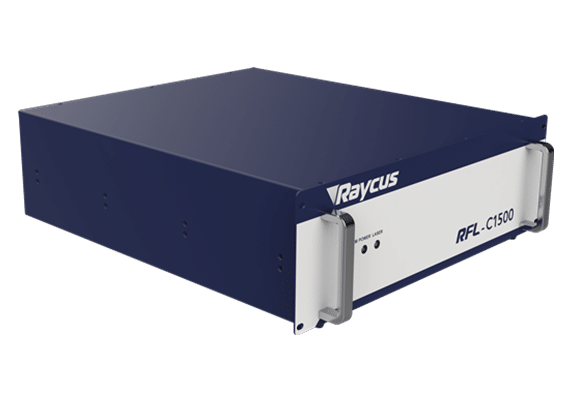
Using a well-known brand laser generator (Raycus, JPT, Max, IPG), the pulse width and frequency are independently adjustable and can maintain a stable peak power output, suitable for a wider range of cleaning scenarios. The high photoelectric conversion rate ensures the laser power and makes the cleaning effect better. Acctek Laser can design different configurations to meet customer needs.
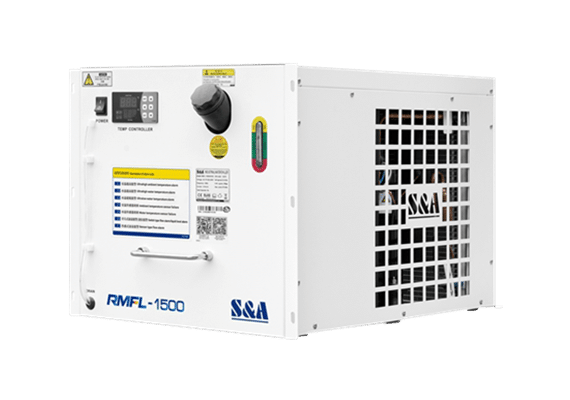
The industrial water cooler ensures the heat dissipation of the core optical path components, allowing the welding machine to provide consistent welding quality and helping to improve the overall quality of the clean itself. It can also increase welding output by reducing the downtime of fiber laser cleaning machines. In addition, an excellent industrial water cooler can also prolong the service life of the laser cleaning machine.
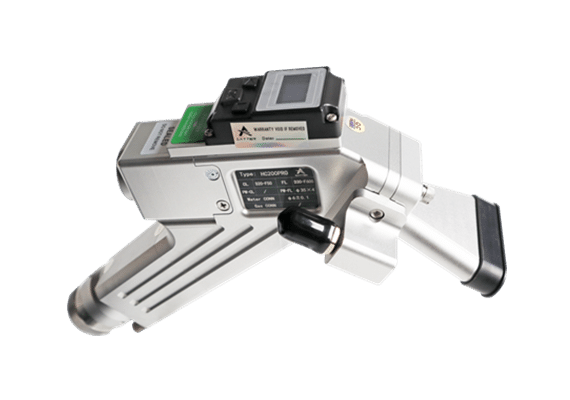
The laser cleaning head is ergonomically designed, small in size, comfortable to hold, and easy to control and operate. The hand-held cleaning head is easy to hold can be used for a long time, and can be operated at any angle, making cleaning more convenient and flexible.
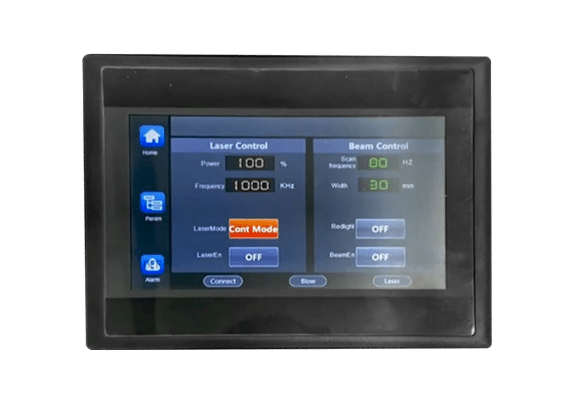
Acctek Laser provides high-performance, intuitive, and easy-to-use operating systems. You can quickly set cleaning power, width, and other parameters through the screen, and provide a better cleaning effect. The operating system supports Chinese, English, Korean, Russian, Vietnamese, and other languages.
| Model | AKQ-100 | AKQ-200 | AKQ-300 | AKQ-500 | AKQ-750 | AKQ-1000 |
| Laser Power | 100W | 200W | 300W | 500W | 750W | 1000W |
| Laser Type | Fiber Laser | |||||
| Pulse Formation | Q-Switched (Quality Factor) | |||||
| Laser Generator | JPT | |||||
| Output Range (If Adjustable) | 0-100% | |||||
| Cleaning Efficiency | 12㎡/h | |||||
| Cleaning Area | 100*100mm,130mm*130mm, 150*150mm, 175*175mm, 290*290mm | |||||
| Fiber Length | 3M | 5M | 5M | 10M | 10M | 10M |
| Expected Focal Distance | 160mm | |||||
| Cooling Type | Air Cooling | Air Cooling | Air/Water Cooling | Water Cooling | Water Cooling | Water Cooling |
| Comparison | Laser Cleaning | Chemical Cleaning | Mechanical Grinding | Dry Ice Cleaning |
|---|---|---|---|---|
| Washing Method | Non-Contact Cleaning | Contact Cleaning | Abrasive Contact Cleaning | Non-Contact Cleaning |
| Harm To Base Material | None | Yes | Yes | None |
| Washing Efficiency | High | Low | Low | Mid |
| Consumable | Power | Chemical Detergent | Abrasive Paper, Grinder, Abrasive Stone | Dry Ice |
| Washing Result | Very Good, Very Clear | Medium, Uneven | Medium, Uneven | Good, Uneven |
| Precision Washing | Accuracy Controllable, High Precision | Uncontrollable, Low-Precision | Uncontrollable, Medium-Precision | -Uncontrollable, Poor Precision |
| Safety/Environment | No Pollution | Chemical Pollution | Dust Pollution | No Pollution |
| Operation | Easy to operate, portable, or automation optional | Complicated processes, higher technical requirements of the operator, and Pollution prevention measures are required | With more time & manpower, pollution prevention measures are required | Easy to operate, portable, or automatic |
| Investment | High investment in machines, but no consumable, low maintenance cost | Low investment in machines, but expensive consumables | Medium investment in the machine, high manpower cost | Medium investment in the machine, high consumable cost |
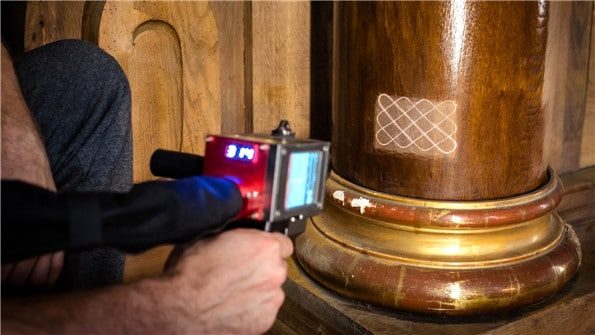
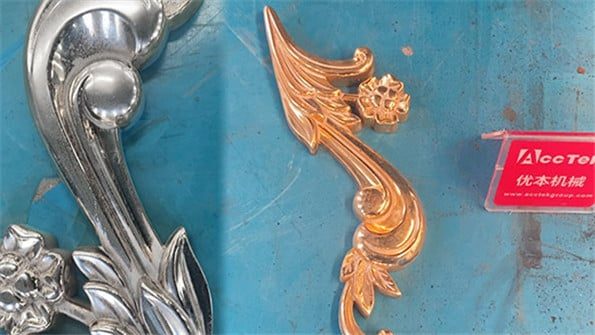
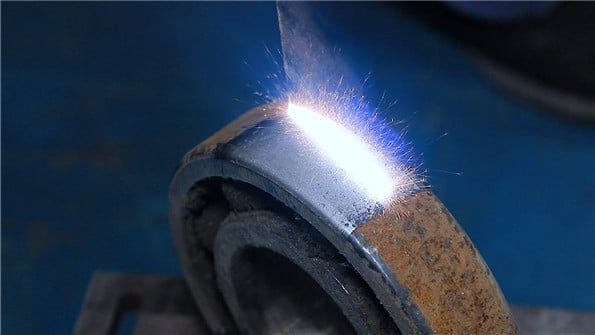

The price of a 500w pulse laser cleaning machine depends on various factors such as the brand, model, additional features, and the supplier you choose. Generally, a 500w pulse laser cleaning machine costs between $17,000 and $60,000. If it is a more advanced model, the price will be higher.
This is just a forecast price, if you want to get the exact price of a 500w pulse laser cleaning machine, you can contact us directly. AccTek Laser can provide detailed pricing information based on your requirements and any additional features you may require. Keep in mind that in addition to the initial cost of the machine, there may be additional costs such as shipping, installation, training, and maintenance. Considering these factors when budgeting for a laser cleaning machine is essential.
Before purchasing a laser cleaning machine, it’s best to research different manufacturers and models, compare features and prices, and consult with industry experts to ensure you choose the system that best meets your specific needs and budget.
Maintenance and operating costs for a 500w pulse laser cleaning machine can vary based on several factors, such as the specific model and manufacturer, usage patterns, local labor and electricity costs, and availability of replacement parts. Here’s a general overview of potential costs:
Keep in mind these are general considerations and actual costs may vary widely depending on the specific machine, usage, and your location. You can contact AccTek Laser for more accurate and detailed information on maintenance and operating costs.
The 500w pulse laser cleaning machine is a powerful tool that can effectively clean a variety of surfaces. However, the effectiveness of the machine will depend on several factors including surface type, material composition, and surface condition. Here are some of the surfaces that a laser cleaning machine can effectively clean:
It is important to note that the effectiveness of a laser cleaning machine on a particular surface will also depend on the type and condition of the surface, the nature of the contamination, and the laser cleaning parameters used (such as power, pulse duration, spot size, etc.). It is always recommended to test the machine on a small area first to determine its effectiveness and to avoid damaging the surface. Certain surfaces or materials may require specific precautions or considerations during cleaning.
The 500w pulse laser cleaning machines usually require regular maintenance to ensure their optimal performance and longevity. Specific maintenance requirements may vary based on machine design, manufacturer’s recommendations, and usage patterns. Here are some common maintenance tasks:
It is important to note that different laser cleaning machine models may have different maintenance requirements. Therefore, it is recommended to refer to the manufacturer’s documentation, owner’s manual, or maintenance guide specific to your machine. Following the manufacturer’s recommendations will help ensure your laser cleaner remains in top working condition. In addition, the manufacturer or an authorized service provider can provide professional maintenance service or assistance when needed.
Yes, there are specific environmental conditions and limitations to consider when using a laser cleaning machine. These conditions are usually outlined by the manufacturer and may vary with the specific machine and technology used. Here are some common considerations:
Please consult the manufacturer’s documentation and guidelines specific to your laser cleaning machine for details on environmental conditions, safety precautions, and limitations associated with its use. Adherence to these guidelines will help ensure safe and efficient operations while minimizing risks to personnel and the environment.
The 500W pulse laser cleaning machine produced by AccTek Laser uses water cooling for its cooling system. The water chiller brand used is S&A. Water cooling is a common method employed in laser systems to dissipate heat generated during operation and maintain optimal performance and longevity of the laser equipment. S&A is a well-known brand in the field of industrial water cooling systems, known for providing reliable and efficient cooling solutions for various applications, including laser equipment.
The 500W pulse laser cleaning machine produced by AccTek Laser offers a standard cleaning area of 150150mm. Additionally, optional cleaning ranges of 180180mm and 290*290mm are available for users who require larger cleaning areas to suit their specific needs. These options provide flexibility to accommodate a variety of cleaning applications and workpiece sizes.
The 500W pulse laser cleaning machine produced by AccTek Laser supports a length of 10 meters for the optical fiber cable. It’s important to note that it’s not recommended to lengthen the fiber optic cable beyond this specified limit. Lengthening the cable can result in a significant weakening of the laser light, which can compromise the cleaning effectiveness and overall performance of the machine. Therefore, it’s advised to adhere to the recommended cable length to ensure optimal operation and cleaning results.
At AccTek Laser, we understand that different businesses have different needs, which is why we offer you a range of models to choose from. Whether you need a portable mini laser cleaning machine or a high-speed industrial laser cleaning machine, we have the right machine for you. Invest in our fiber laser cleaning machines and take your cleaning capabilities to the next level.
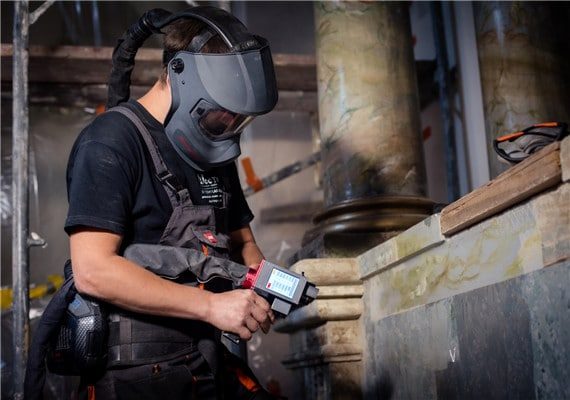
With years of experience in laser cleaning technology, we have honed our expertise to provide cutting-edge solutions tailored to your unique needs. Our team of skilled engineers and technicians has the in-depth knowledge to ensure you get the perfect laser cleaning machine for your specific application.
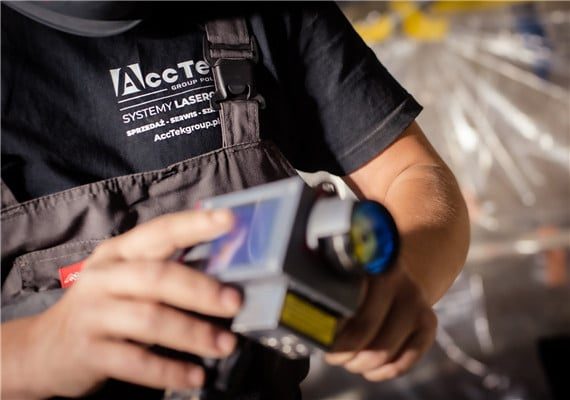
At AccTek Laser, we build strong relationships with our clients. Our dedicated support team provides prompt assistance and after-sales service to keep your laser cleaning machine running at its best for years to come. Your satisfaction is our top priority and we will help you every step of the way.
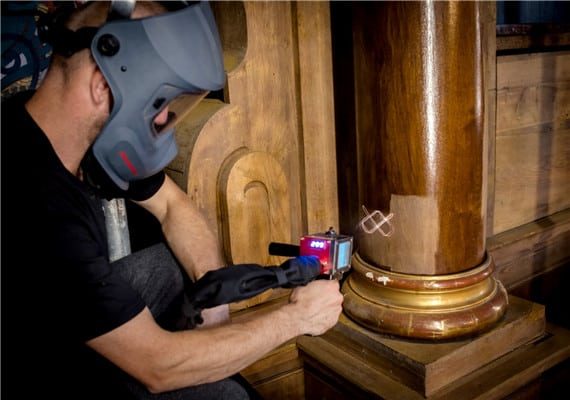
Quality is the cornerstone of our manufacturing process. Every laser cleaning machine is rigorously tested and adhered to strict quality control standards, ensuring that the product you receive meets the highest industry benchmarks. Our dedication to quality ensures you get a machine that performs consistently and delivers perfect cleans every time.
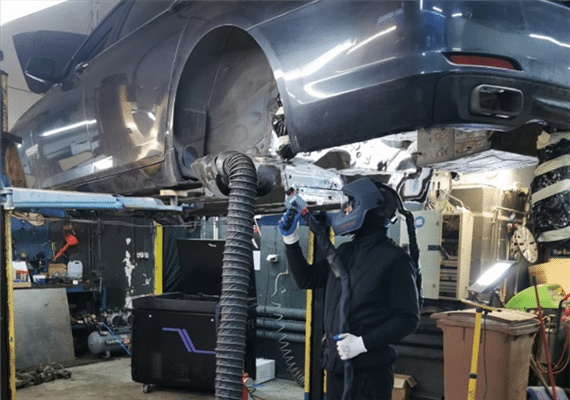
We understand the importance of cost efficiency in today’s competitive landscape. Our laser cleaning machines can provide excellent value for your investment, minimizing downtime and reducing operating costs while maximizing productivity and efficiency.
4 reviews for 500W Pulse Laser Cleaning Machine
Sofia –
Impressed with its durability and performance. Delivers consistent cleaning results. A valuable addition to any workshop.
Juan –
Reliable performance, minimal maintenance. Saves time and resources. Essential for maintaining cleanliness and efficiency.
Ahmed –
Versatile cleaning machine for various surfaces. Boosts efficiency and quality standards. Delivers exceptional results.
Andreea –
Efficient and powerful cleaning machine. Simplifies maintenance tasks and boosts efficiency. Highly recommended for industrial use.